
The world of web development is constantly evolving, driven by technological advancements and changing user expectations. As we step into 2023, it’s crucial for web developers and businesses to stay updated on the latest trends shaping the industry. These trends not only influence the way websites and web applications are built but also play a significant role in enhancing user experiences. In this blog, we’ll explore some of the key web development trends to watch in 2023.
Progressive Web Apps (PWAs)
Progressive Web Apps continue to gain traction and redefine the mobile web experience. PWAs offer the best of both worlds, combining the reach of the web with the performance and functionality of native mobile apps. With features like offline access, push notifications, and smooth performance, PWAs provide users with seamless and engaging experiences.
Voice User Interface (VUI)
As voice assistants and smart speakers become increasingly popular, voice user interfaces are gaining prominence. Web developers are integrating voice capabilities into websites and applications, allowing users to interact with content and perform tasks using voice commands. This trend opens up new possibilities for hands-free browsing and enhanced accessibility.
Artificial Intelligence (AI) Integration
AI is revolutionizing various industries, and web development is no exception. AI technologies, such as machine learning and natural language processing, are being leveraged to enhance website personalization, improve search functionality, and automate processes. AI-powered chatbots and virtual assistants are also becoming more sophisticated, providing seamless and intelligent customer interactions.
Low-Code Development
In an effort to streamline and expedite the development process, low-code platforms are gaining popularity. These platforms enable developers to build web applications with minimal coding by utilizing visual interfaces and pre-built components. Low-code development reduces development time, empowers non-technical users, and promotes collaboration between developers and business stakeholders.
Motion Design and Microinteractions
Web development is moving beyond static web pages to more dynamic and interactive experiences. Motion design and micro-interactions enhance user engagement and create visually appealing interfaces. Smooth transitions, subtle animations, and interactive elements guide users through the website and provide intuitive feedback.
Cybersecurity and Privacy
With increasing concerns about data breaches and privacy violations, cybersecurity has become a top priority for web developers. In 2023, web developers will focus on implementing robust security measures, such as encrypted connections (HTTPS), two-factor authentication, and secure user authentication protocols, to protect sensitive user information and build trust.
Web Assembly (Wasm)
Web Assembly is a low-level bytecode format that enables web applications to run complex computations and high-performance tasks efficiently. This trend allows developers to build web applications with near-native performance, making it possible to run complex applications, games, and simulations directly in the browser.
Dark Mode
Dark mode has gained popularity in recent years due to its aesthetic appeal and potential energy-saving benefits for devices with OLED screens. Web developers are incorporating dark mode options into their designs to provide users with a visually appealing and customizable experience.
Single-Page Applications (SPAs)
Single-page applications offer seamless navigation and a faster user experience by loading content dynamically without refreshing the entire page. SPAs reduce server load, provide better offline capabilities, and offer a more app-like experience to users.
Web Accessibility
Inclusive web design and accessibility continue to be important considerations for web developers. Following accessibility guidelines and implementing features like keyboard navigation, alternative text for images, and proper semantic markup ensures that websites are usable and accessible to individuals with disabilities.
As the web development landscape continues to evolve, staying informed about these trends will help developers and businesses stay ahead of the curve and deliver exceptional web experiences. Embracing these trends can not only improve user satisfaction but also contribute to









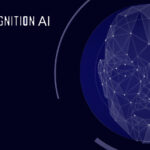
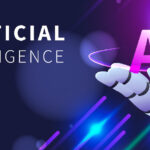


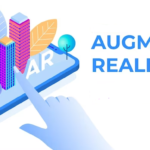







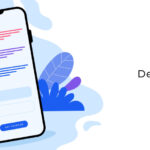

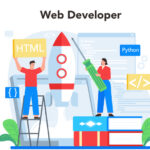














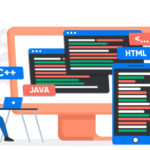






Recent Comments